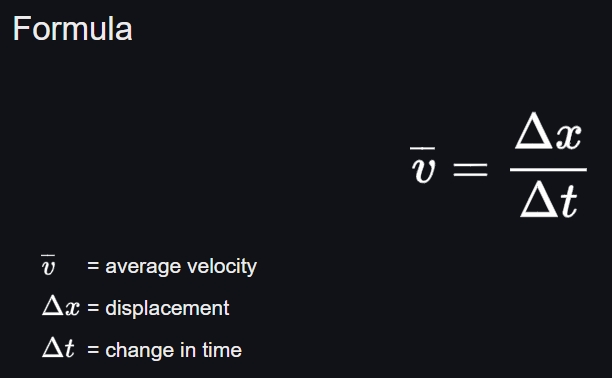Have you ever thought speed and velocity mean the same thing? Many people do. They often use these words as if they are alike. But in science, they are not the same.
Speed tells us how fast something is moving. It only talks about the amount of motion. For example, if a car is going 60 miles per hour, that’s its speed.
Velocity, on the other hand, tells us how fast and in which direction something is moving. So if the same car is going 60 miles per hour north, that is its velocity.
This small difference — the direction — is what separates speed from velocity. One is just a number; the other includes direction, too. In this article, we’ll explain this difference clearly, with simple examples to help you understand better.
Check Out| Difference between Mass and Weight
What Is Speed?
Speed is a measure of how fast something is moving. It tells us the rate at which an object covers distance. Speed does not tell us anything about the direction of movement.
For example, if a person runs 100 metres in 10 seconds, their speed is 10 metres per second. It doesn’t matter if they ran north, south, or in circles—speed only cares about how much distance was covered in a certain time.
Speed is a scalar quantity. That means it only has a value, not a direction.
What Is Velocity?

Velocity is the rate of movement in a specific direction. It tells us both how fast something is moving and where it’s going.
For example, if a car moves at 50 kilometres per hour to the east, then 50 km/h is the speed, but 50 km/h east is the velocity.
Velocity is a vector quantity. That means it has both a value (speed) and a direction.
Key Differences Between Speed and Velocity
| Sl. No. | Differentiating Property | Velocity | Speed |
| 1 | Definition | The rate at which an object changes position in a certain direction. | The rate at which an object covers a certain distance. |
| 2 | Type of quantity | Vector quantity | Scalar quantity |
| 3 | Magnitude | Can be zero, negative, or positive. | It can never be negative or zero. |
| 4 | Change of direction | Changes with a change in direction; the object must follow a specific direction for a constant velocity. | Continues to be counted even if the object changes direction; it's based on the total distance covered. |
| 5 | Interrelation | An object may possess different velocities but the same speed. Speed may or may not be equal to the magnitude of velocity. | Speed may or may not be equal to velocity (magnitude). |
| 6 | Unit (SI) | m/s | m/s |
| 7 | Equation | Velocity Formula = Change in Position / Change in Time | speed = distance ÷ time |
| 8 | Example | A train going towards the south at an average speed of 50 km/h has a velocity of 50 km/h south. An object moving straight in one direction has a velocity. | A sports bike's speedometer readings (e.g., 0 m/s to 30 m/s to 50 m/s to 70 m/s) represent its instantaneous speeds; the average speed is the total distance divided by the total time. |
What's Next| What is the Difference Between Old and Vintage?
Comments
All Comments (0)
Join the conversation